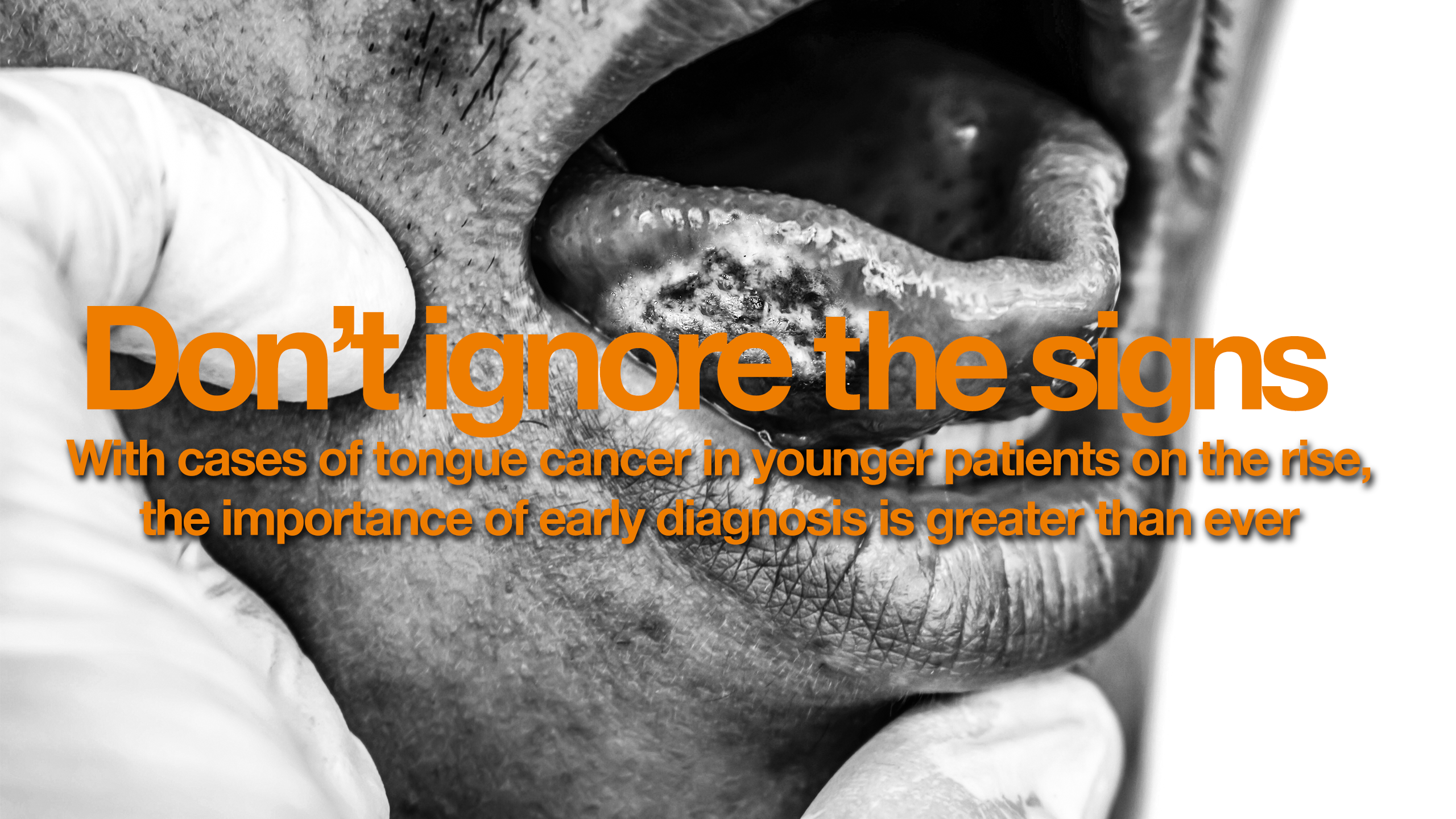(COPY)

One-stop care
Ambulatory units present both opportunities and challenges in patient safety,
says Andrew Martindale

The theme of World Patient Safety Day 2024, ‘Get it right, make it safe’, highlights the importance of diagnostic safety and so has particular bearing on the complex processes involved in a modern multidisciplinary surgical outpatient setting.
The Get It Right First Time report in urology highlighted the increasing delivery of patient care in the outpatient or ambulatory setting, with a broad suite of diagnostic tests such as flexible cystoscopy, transperineal prostate biopsy and laser ablation of bladder tumour, which were historically provided in a multiple, disparate sites such as endoscopic units, theatres and outpatient departments.
In setting up our urology ambulatory service for NHS Tayside based in Perth, Scotland, we focused on the well-documented benefits for patients, healthcare professionals and our organisation of such diagnostic hubs with co-location of services, ‘one stop’ pathways and opportunities for supervision, education and professional development. Such units offer potential to improve the systems-based issues and cognitive factors that may contribute to diagnostic errors and overall safety, so this was a vital consideration in the design and workflow in our institution.
An accurate, timely diagnosis begins with the initial referral to the specialist centre. Regular communication of advice between our urology team and referrers together with local and national shared pathways help to ensure that referrals are correctly directed. Furthermore, those with significant symptoms, such as haematuria, can be rapidly investigated and diagnosed.
Fragmentation of services is a frequent causal factor cited in diagnostic error or delay. The co-location of a multidisciplinary team and diagnostic procedures in a single site provides an improved patient experience and brings the patient diagnostic pathway together, often in a single visit to the unit. We found that all team members involved in such a pathway must have a clear, common appreciation of the goals for the visit and options available in the ‘one stop’ model, as well as maintaining direct lines of communication between each other and the patient. Correct identification of the patient, verbally and by name band, at each stage is needed as the patient moves between different areas and care providers.
The complex nature of the diagnostic visit, with multiple interactions, tests and interventions on the same day, requires that responsibility for result reporting and checking is clearly documented and understood. This not only facilitates a patient’s safe progress through the unit, it also minimises the risk of failure to follow up any results. Such failure to close the diagnostic-referral loop can delay or miss the ultimate diagnosis, and so process design is vital to ensure timely checking, reporting and communication of these. In a specialty such as urology, with large numbers of potential cancer diagnoses, the effect of an omission or delay can be catastrophic. Clerical support and information technology are central to managing these chains of responsibility and reducing such errors.
Experience in our unit has shown that the presence of a multidisciplinary team seeing patients together and with a common purpose provides excellent supervision and training opportunities, as well as potential peer support and review from colleagues while the patient is still present. While allowing maximum performance of team members in extended roles with senior cover, it also maximises the available expertise to reach an accurate diagnosis without the need for separate communication, meetings or repeat patient visits.
Clarity of communication with patients, with verbal and written information before, during and after their diagnostic visit, is known to reduce errors. To ensure that time and clinical space constraints do not limit this we included a counselling space in our design for longer discussions and patient education. A concise summary of outcomes of tests and interactions must be communicated to the patient and referrer in a timely manner – we have ensured that our clerical support is based in the urology centre to facilitate this.
Investigative units like ours provide facilities for rapid, accurate diagnosis with an improved patient and staff experience, but present some of their own challenges to patient safety. The focus of this year’s World Patient Safety Day is a reminder that, in setting up such units, teams should be alert to these challenges. We must all institute robust error reporting to inform regular audit and quality improvement so that the diagnostic investigative unit model can become the standard of best practice in safe, timely and accurate diagnosis.


